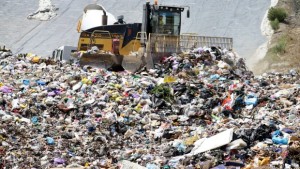 More than 50 years ago Donald Horne, then working in an advertising agency, described Australia as “a lucky country run mainly by second-rate people who share its luck”. The phrase “the lucky country” quickly became part of the language, though its message was often misrepresented.
More than 50 years ago Donald Horne, then working in an advertising agency, described Australia as “a lucky country run mainly by second-rate people who share its luck”. The phrase “the lucky country” quickly became part of the language, though its message was often misrepresented.
Horne’s 1964 book sounded three loud warnings about Australia’s future: the challenge of our geographical position, the need for “a revolution in economic priorities”, and the need for a discussion of what sort of country we want to become.
Those warnings are even more urgent today after 50 years of inaction by our second-rate leaders. I’ve revisited Donald Horne’s ideas and updated them for the 21st century. An additional complication is the accumulating evidence that we are not living sustainably.
The need for change was underlined by a 2015 UN report on sustainability. Australia ranks 18th of the 34 developed countries, below the UK, New Zealand and Canada, based on indicators covering economic, social and environmental progress.
We are among the worst of the affluent countries on resource use, waste production, greenhouse gases released per unit of economic output, and our obesity rate.
We are also well below average on social indicators such as education level, gender pay gap and proportion of women in parliament, as well as economic indicators such as the poverty rate and the degree of inequality.
Interestingly, the top four countries were the Scandinavian nations of Norway, Sweden, Denmark and Finland. The United States ranked 29th. It is a reminder that only ideologues with no concern for evidence could still be seeing the United States as a model to which we should aspire, rather than the much more successful Scandinavian approach.
The challenges of our location include how we develop relationships with our Asian neighbours beyond simple economic dealings; reconciling our history of indigenous dispossession; and our foreign policy and defence strategies in the complex world of the Asia-Pacific. To read more click here.




